Classic Movie Stars Shine In This Stunning Photo Book
“Bob Willoughby: A Cinematic Life” is a long overdue, coffee table-worthy tribute to the pioneering lensman.
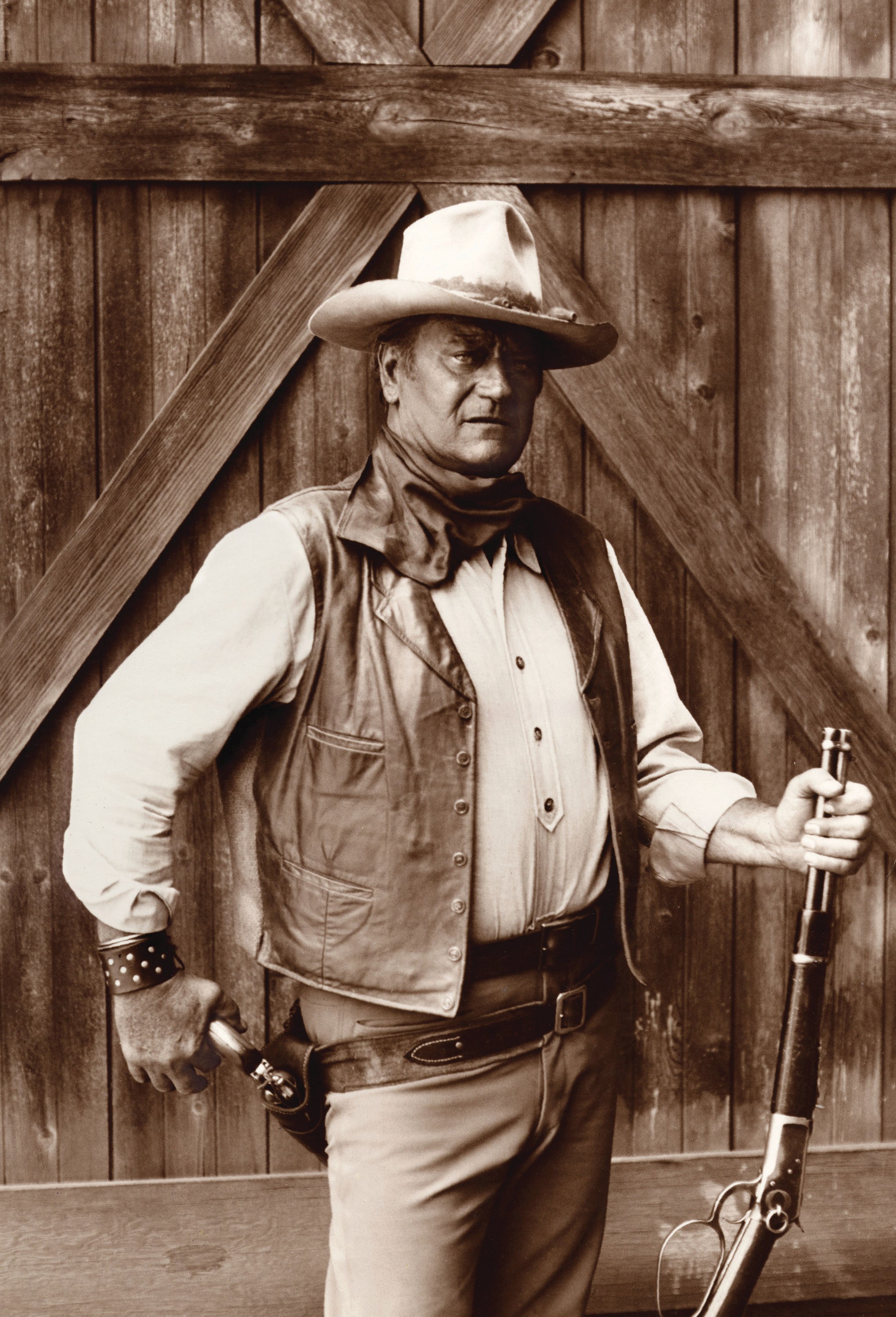
“To capture Bob Willoughby’s work in a book is to capture exciting moments of motion picture history that a viewer can look at and study and enjoy over and over again.”
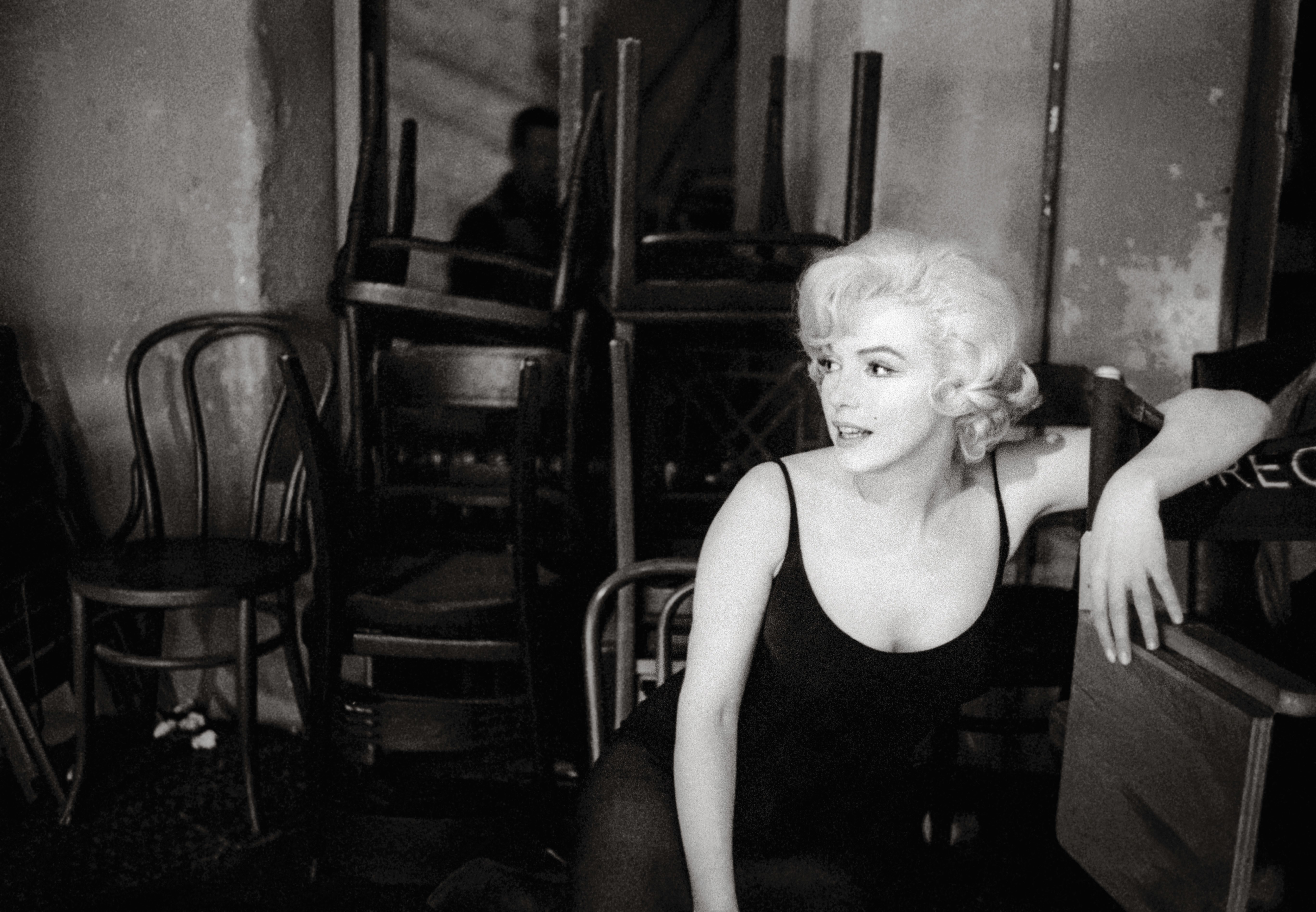
The great Tony Curtis was speaking about the American camera-wielder who was the first “outside” photographer ever hired by the major movie studios to create images for mainstream magazines such as Life and Look, inventing a new genre of photography in the process.
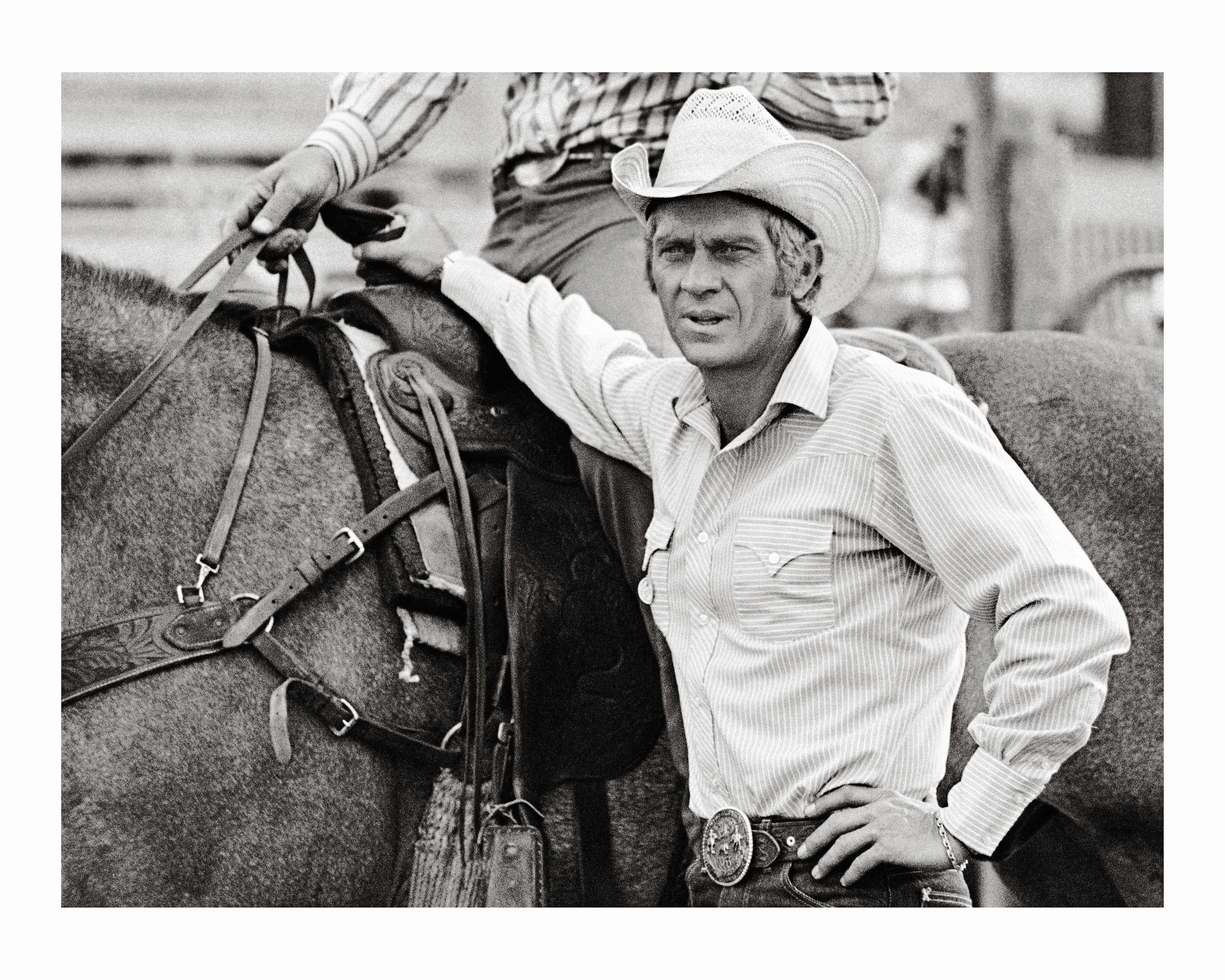
The quote comes from Bob Willoughby: A Cinematic Life, a long overdue, coffee table-worthy tribute to the pioneering lensman from Chronicle Chroma books.
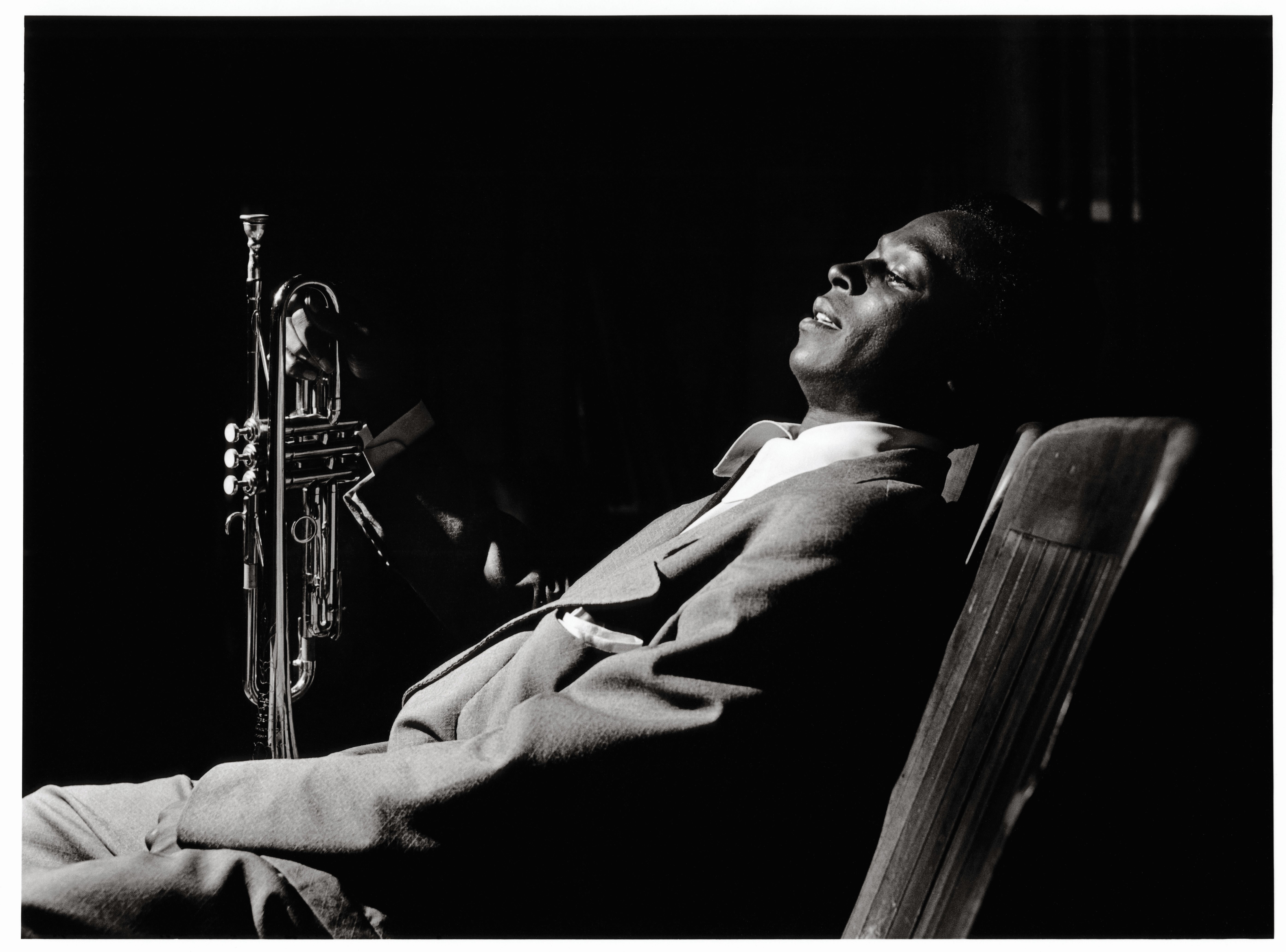
As his son Christopher Willoughby writes in the book, Willoughby basically invented the movie “still”, coming up with “an ingenious method of shooting on movie sets without making any noise.” And when nothing else was possible, he would duplicate whole film sets on adjacent lots. “As Dad would say, ‘What are you going to do, come back without the shot?’”
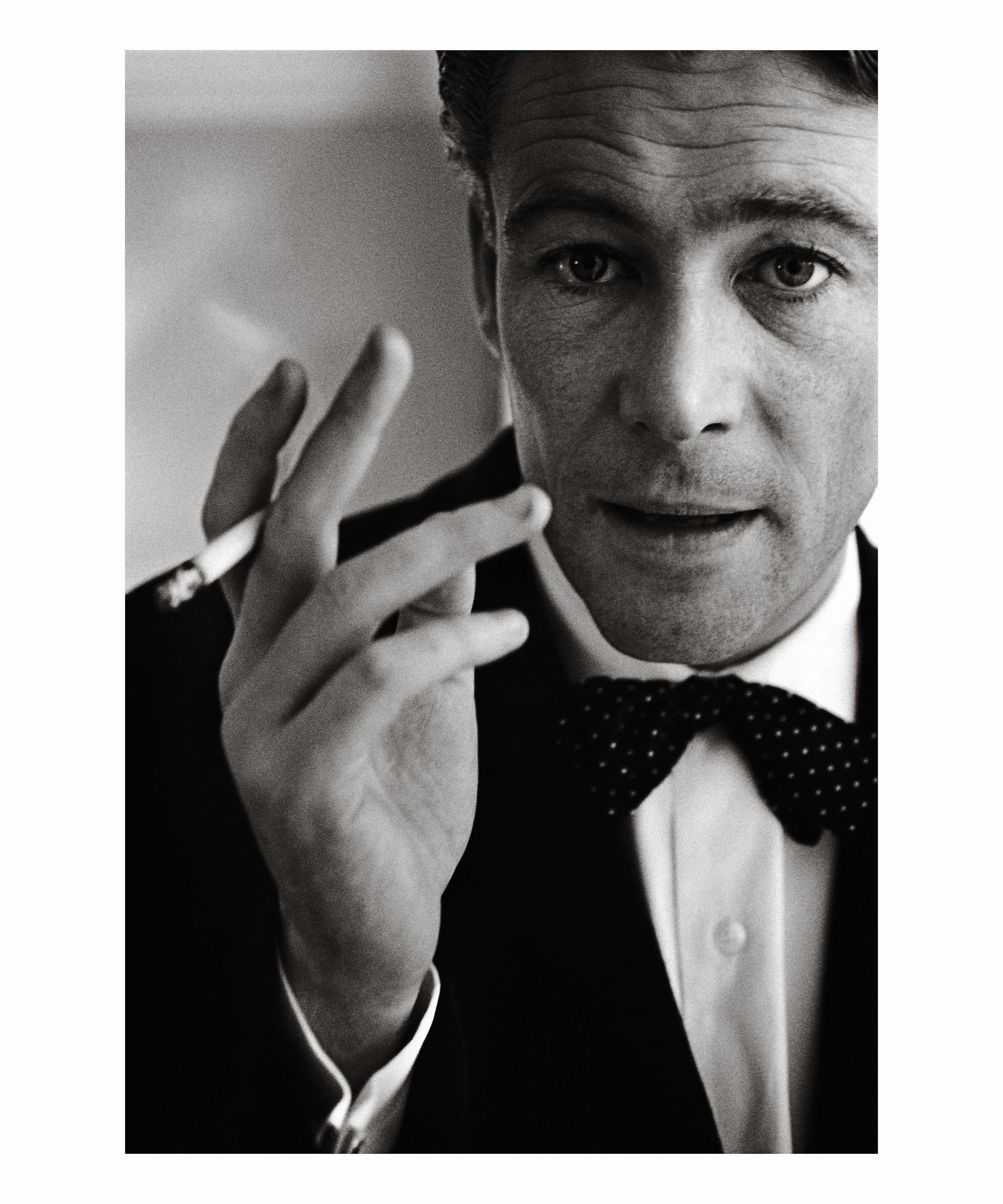
Willoughby shot his first cover for Life magazine in 1954 with Judy Garland, and the rest was celluloid history. He went on to capture jazz legends like Miles Davis and Duke Ellington, the entirety of Hollywood royalty from Marilyn Monroe to Steve McQueen, plus the Rat Pack and everyone notable in between.
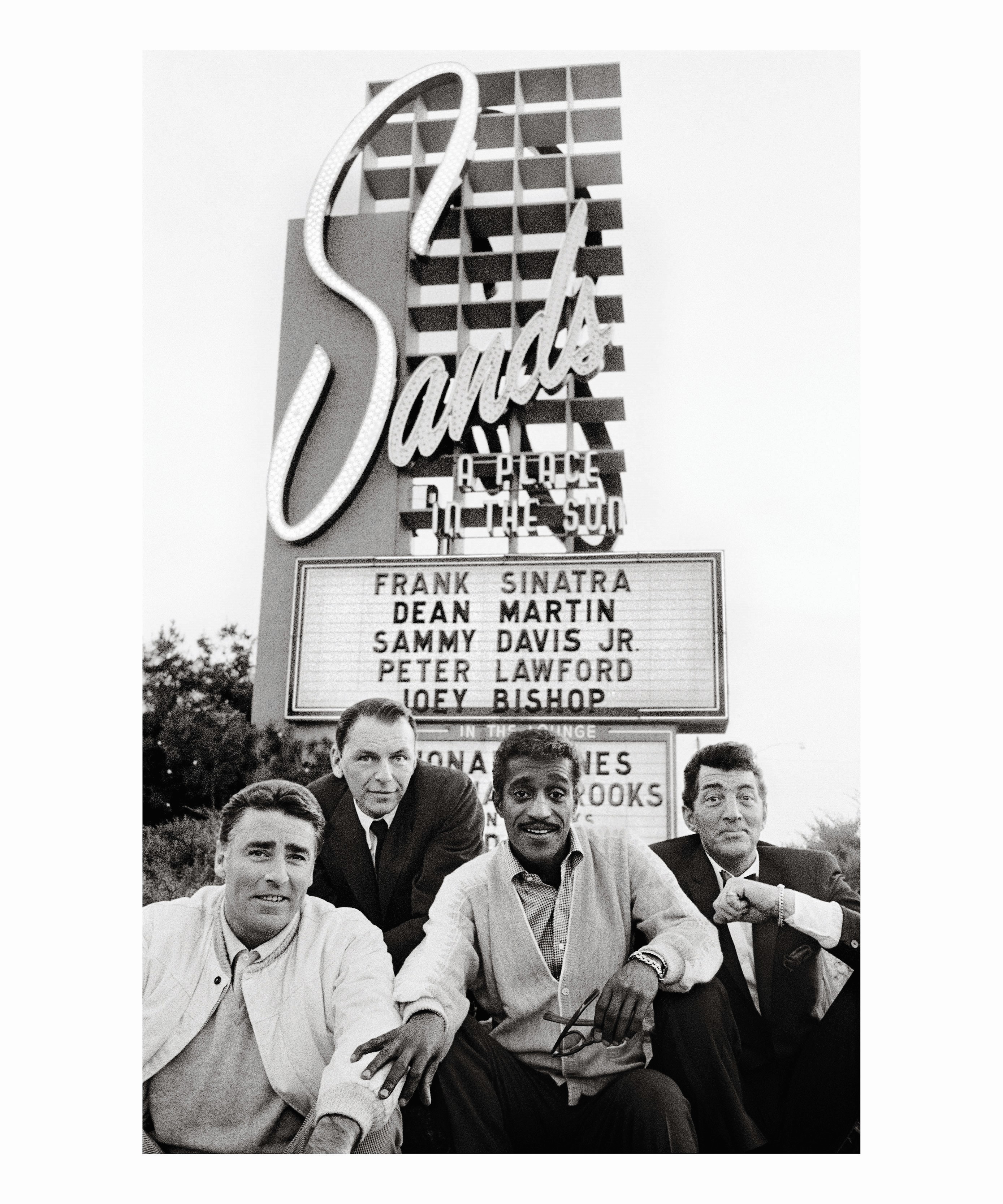
“My father’s career as a Hollywood photographer [was] an interesting balancing act,” Christopher recounts. “A push and pull between the movie studios and the multitude of magazines existing at that time.”
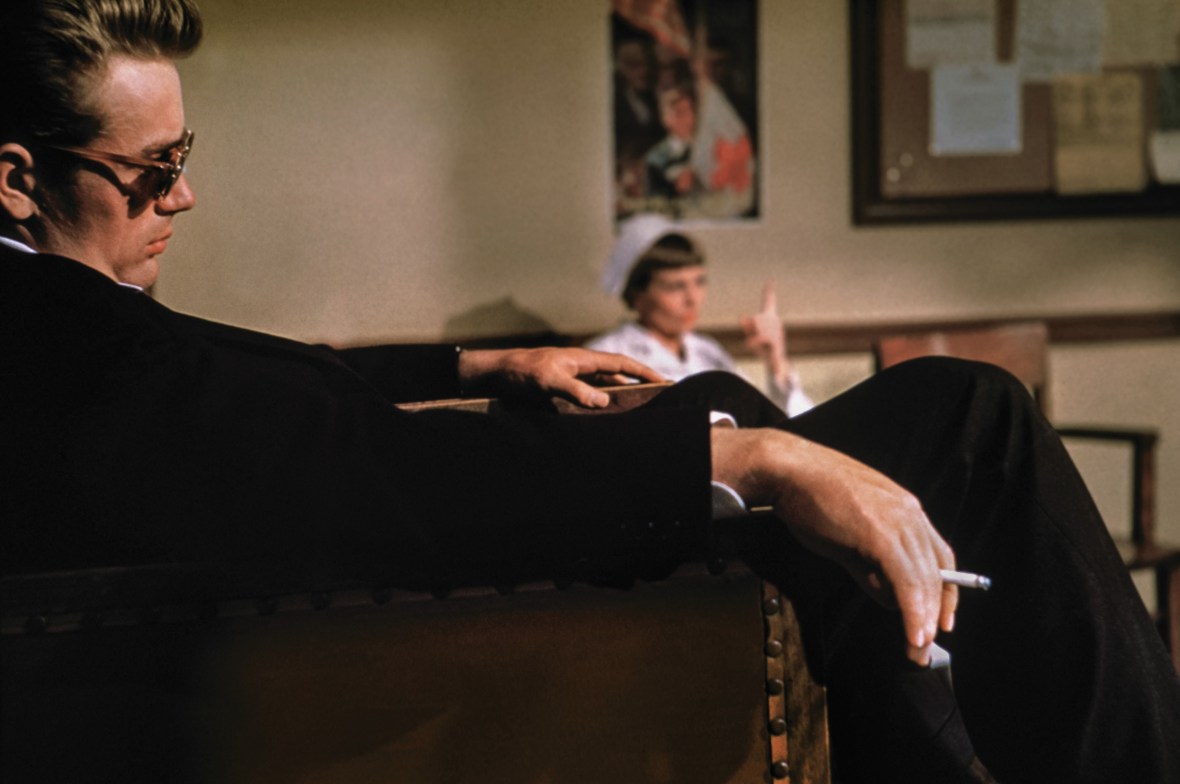
As he explains it, “The studios needed the magazines for publicity, and the magazines needed the movie stars to fill their pages. To maintain some sort of editorial independence, those images needed a story, or a specific angle, and couldn’t be the standard publicity shots handed out by the studios. Often the magazines would ask for an ‘exclusive,’ meaning only they could run images from a particular scene in the movie. It was Bob’s job to create that story.”
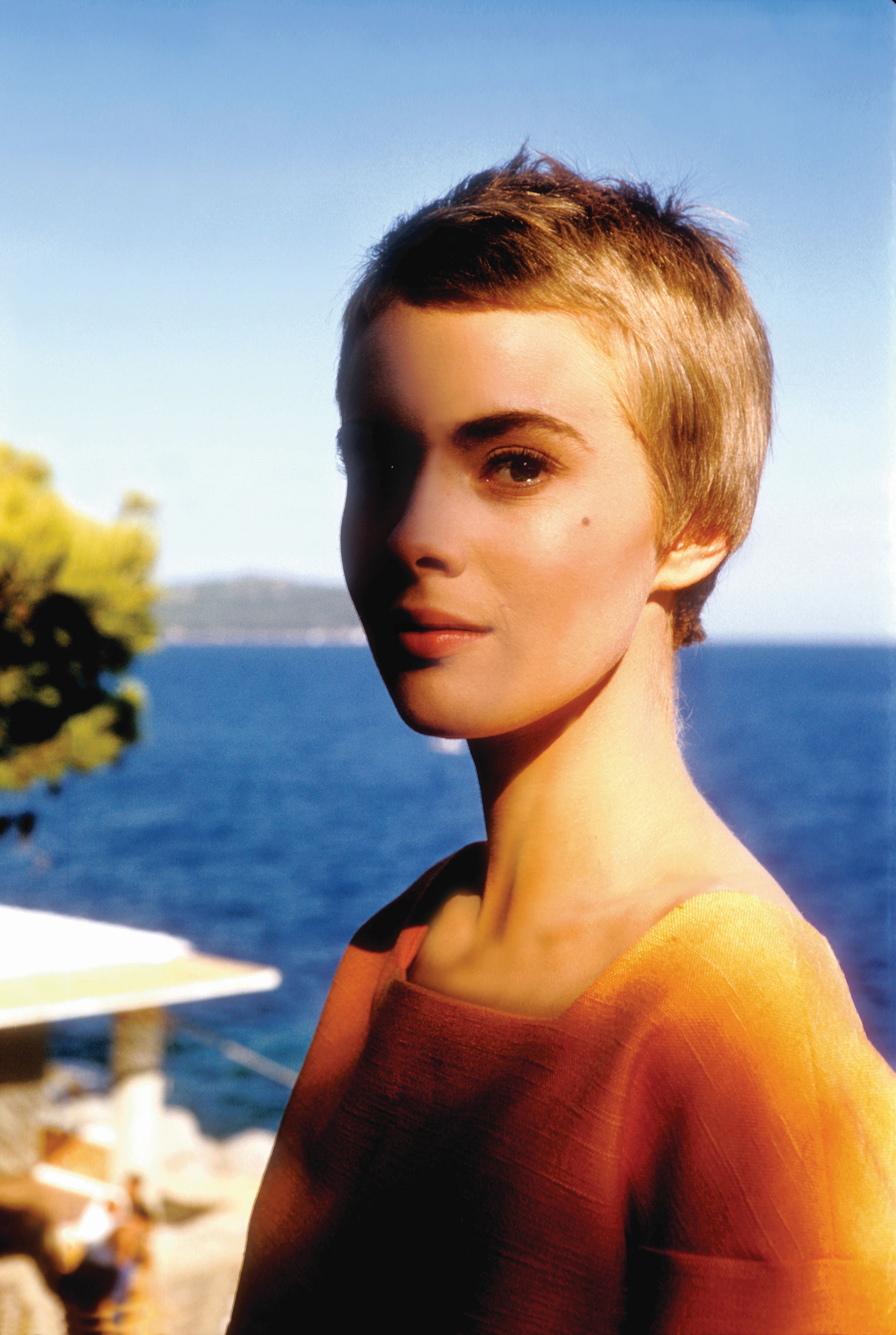
He did so thanks to “his deep understanding and love of art. He had the ability to recognize a beautiful work of art from any culture or period and know what made it important,” Christopher notes. “He was a tremendous collector, and he brought that mental catalogue onto the set every day. You can see those influences in his compositions and use of light.”
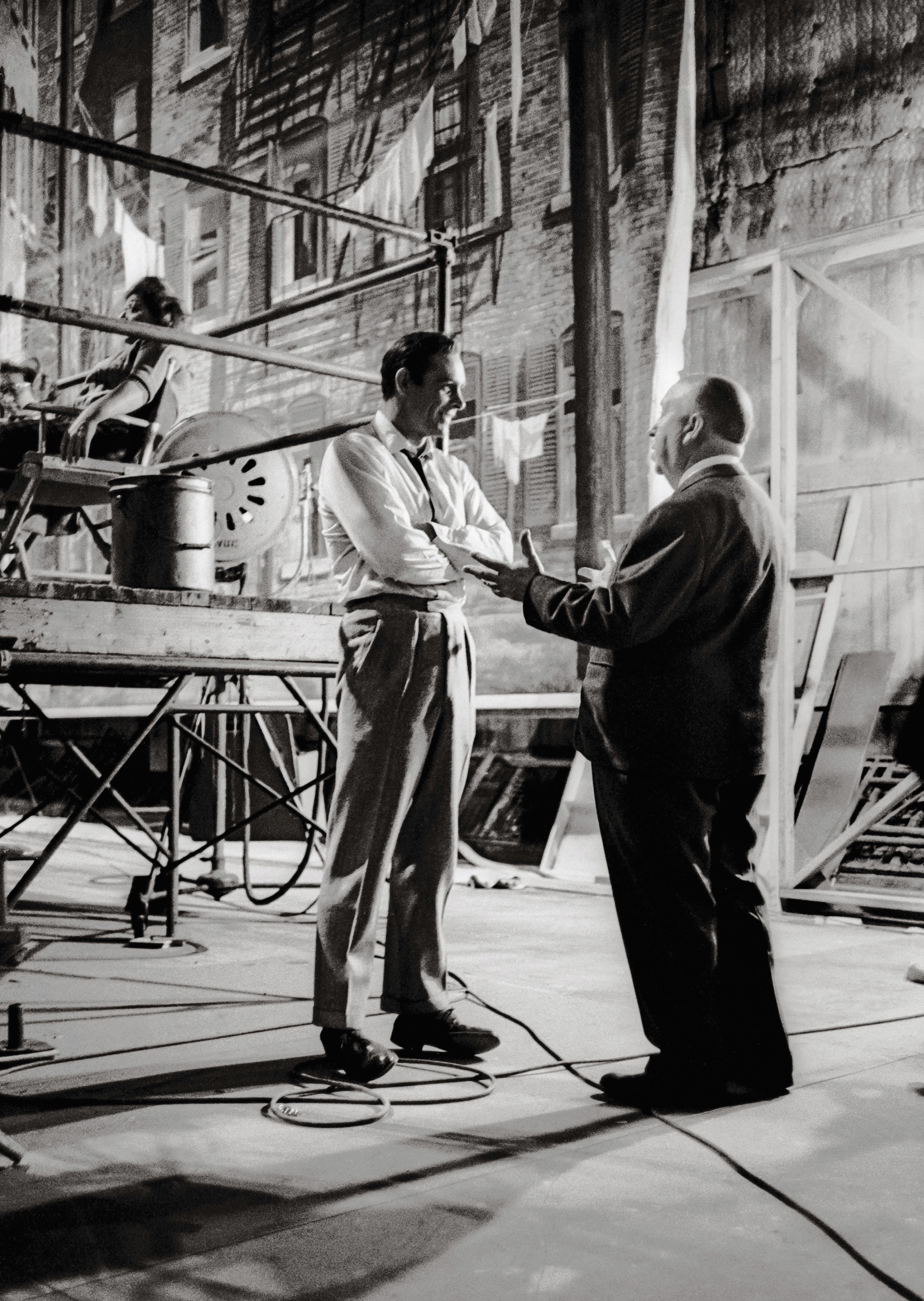
The legendary Peter O’Toole once put it slightly more poetically: “Bob Willoughby—a distinguished photographer— claimed to be a photographer, but was in fact an art connoisseur, an art dealer, lover of beauty and an archaeologist and carried a shovel in his car.” Not for photographic purposes of course, but in case he passed any interesting sites where artifacts could be unearthed.
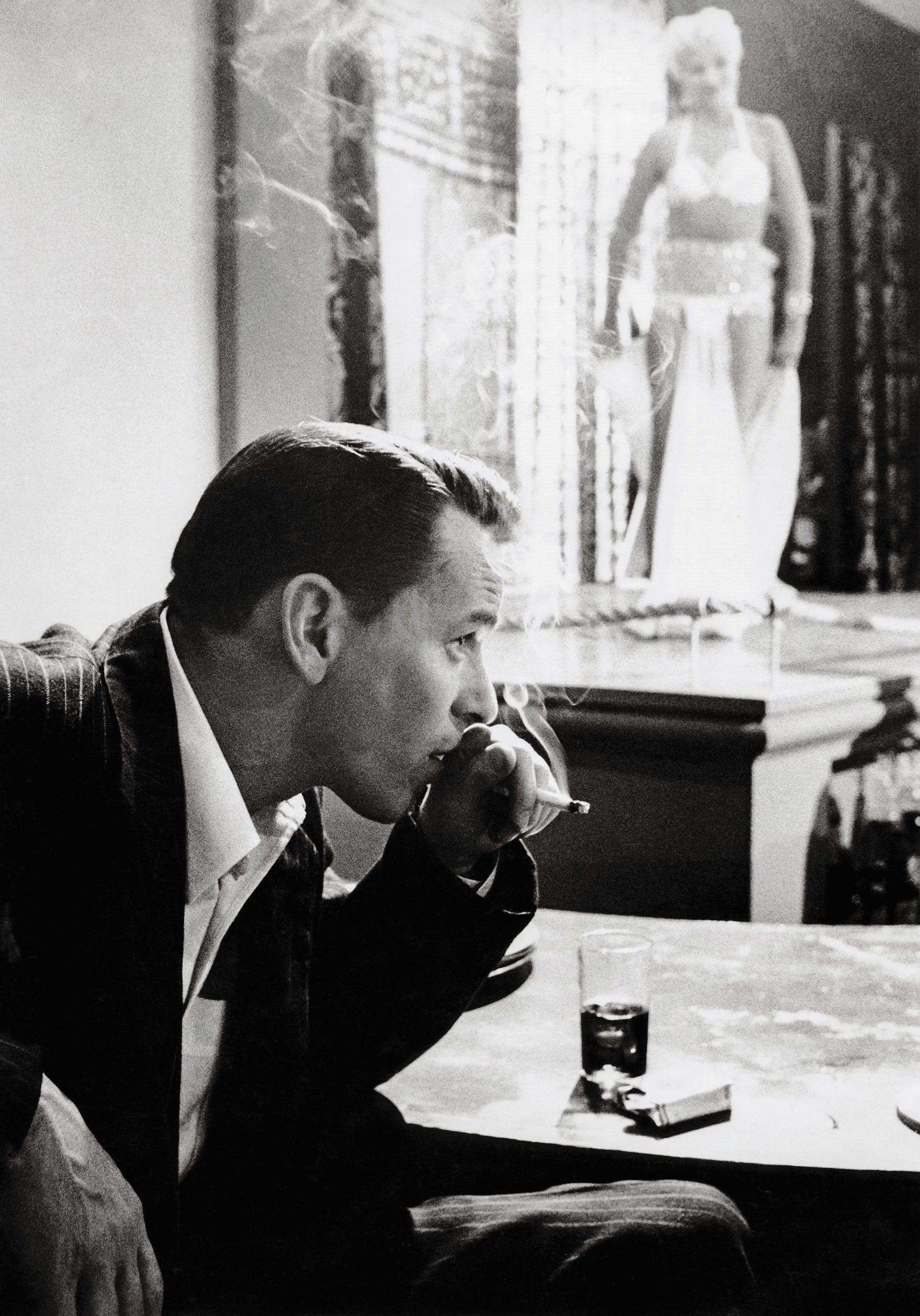
Director Sydney Pollack (Out of Africa, Eyes Wide Shut) perhaps said it best, however, declaring that, “Sometimes a filmmaker gets a look at a photograph taken on his own set and sees the ‘soul’ of his film in one still photograph. It’s rare, but it happens. It happened to me in 1969, the first time I looked at the work of Bob Willoughby during the filming of They Shoot Horses, Don’t They?“
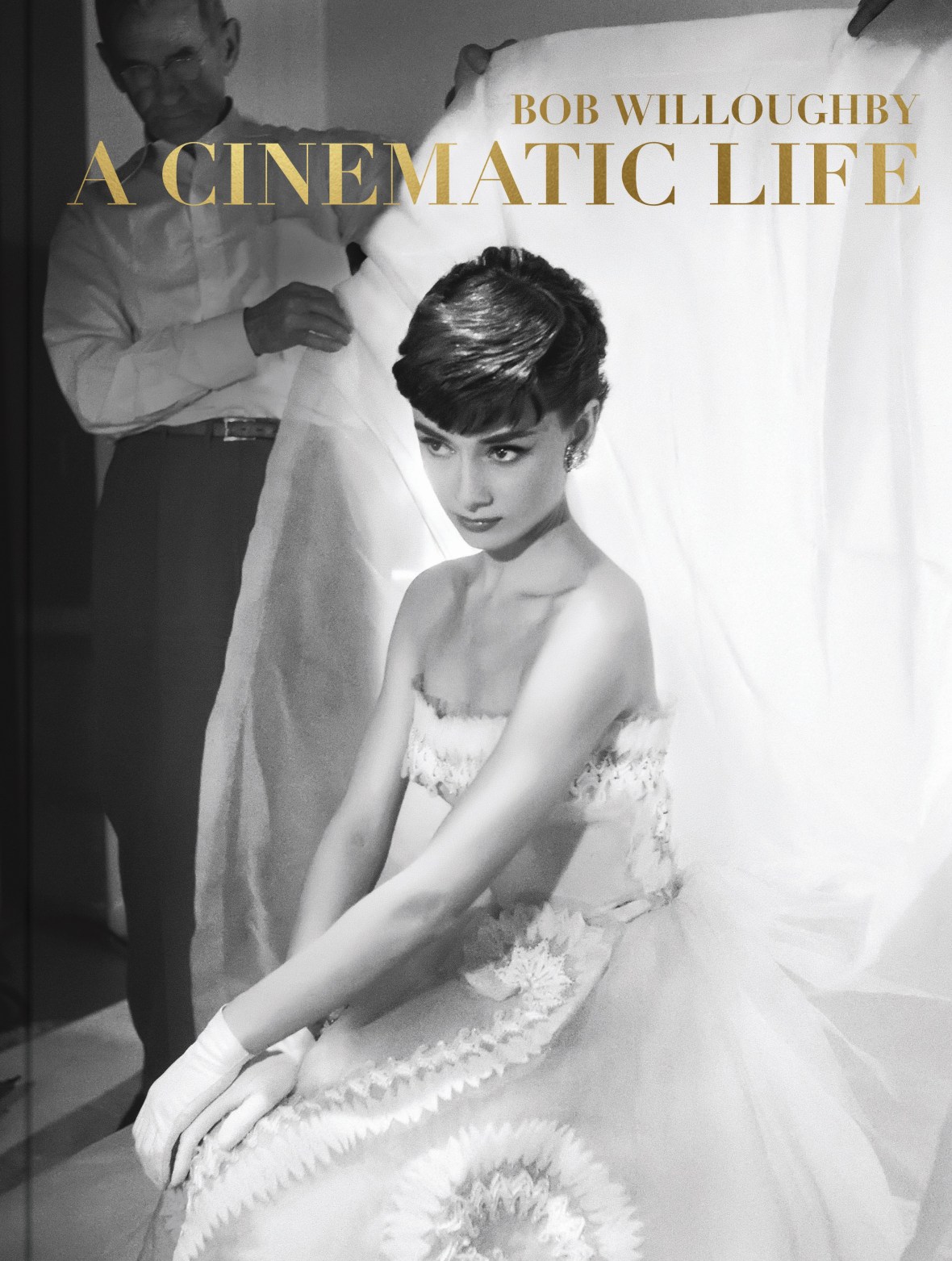
We’ll leave the last word to Christopher Willoughby: “Most importantly, I think, Dad cared about the people he was photographing. His images are human and trusting. He always wanted them at their best, even in their unguarded moments— and his subjects knew this and trusted him,” resulting in the iconic photographs you see here.
